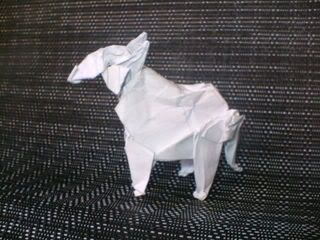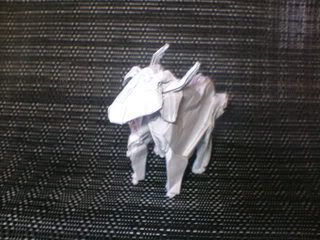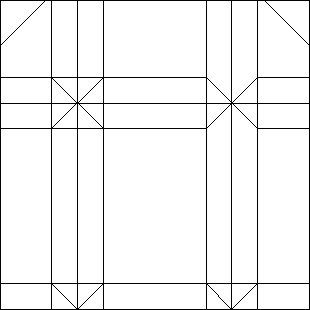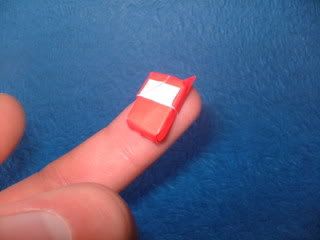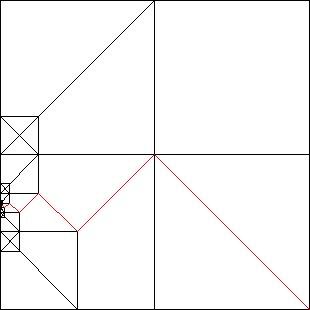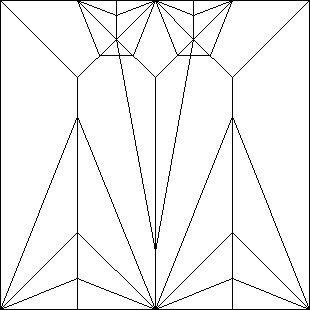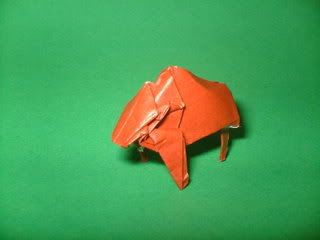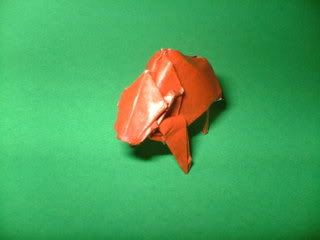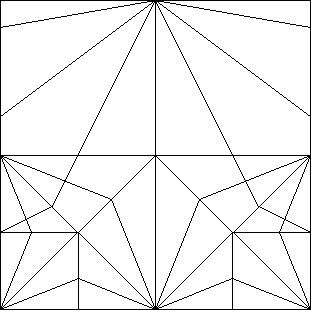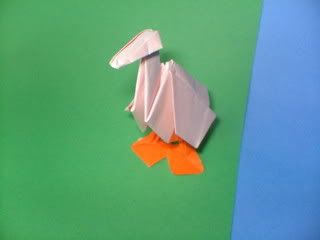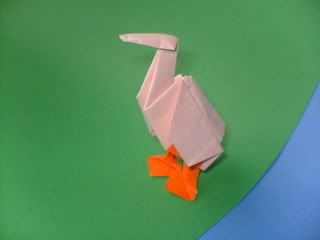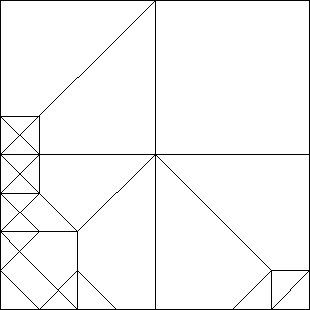I first tried to fold the model diagonally, but that turned out messy and too small. I then went on to make the basic shape out of a 4:1 rectangle, which is how I decided on how I would make the color changes. I ended up doing the same thing as when I only made the shape of the guitar, plus some squashes and color changes.
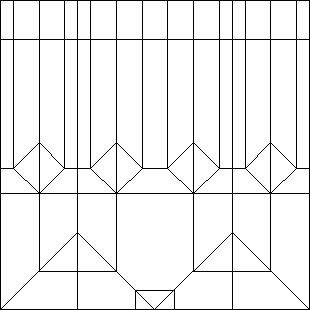
The color changes on the body and head are done by squashing the bottom two corner flaps irregularly and by the valley fold at the top. The model does take a look of time to shape, especially on the color change on the body.
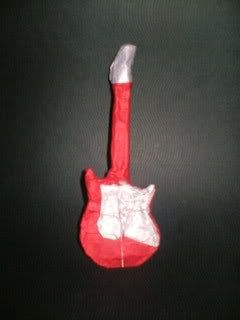


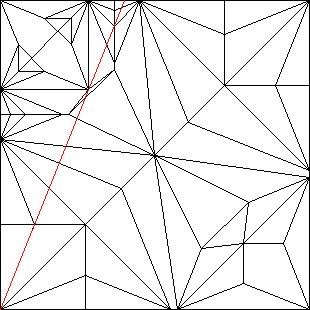 From there, different parts of the model can be color changed with a simple wrapping around of some layers. Sadly, I didn't get any color changes near the back, and I wasn't able to include udders either.
From there, different parts of the model can be color changed with a simple wrapping around of some layers. Sadly, I didn't get any color changes near the back, and I wasn't able to include udders either.
